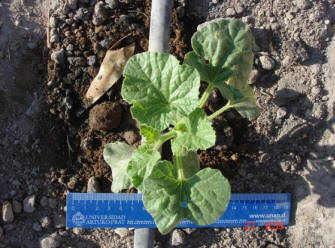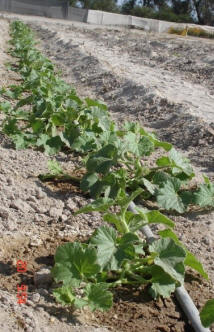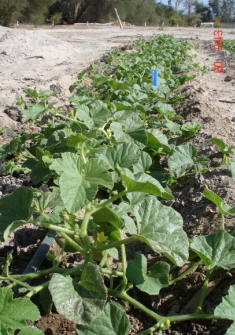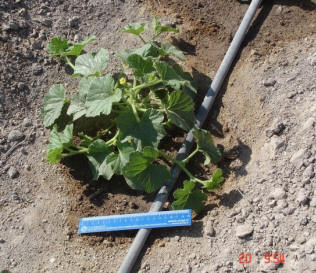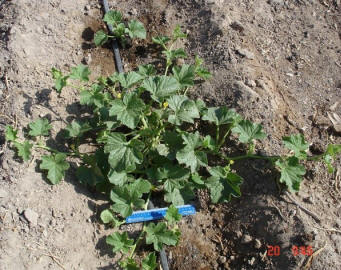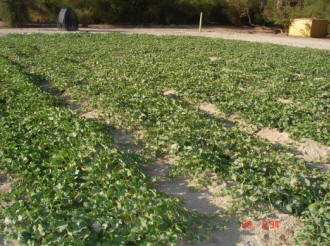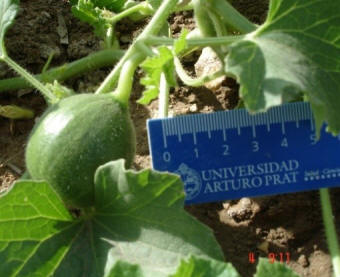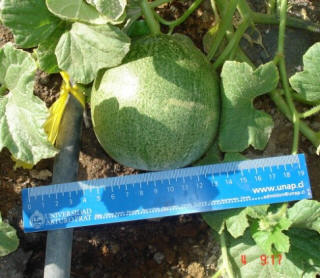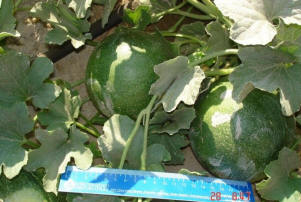| CONSUMER PERCEPTION
The melon fruit is considered a valuable crop for its sensory characteristics. The color of the pulp, the firmness and the flavor are parameters that define the choice of one fruit or another at the time of consumption, affecting the demand.
Consumers were interviewed during the same research carried out during the Spring – Summer cycle of the 2006 – 2007 season in the Arturo Prat University in Iquique, Chile.
The results are according to a sensory analysis that was done with 10 people for both production systems. The following figure shows the approval rating for the Homa fruits being 44% acceptance in the classification of “Very Good”, in contrast with 13% obtained for the fruits produced by conventional treatment. There is a higher approval rating of 50% in the classification of “Good”. It is important to note that for both categories (Very Good and Good), the fruits under Homa Technology was rated with an 82% preference, while those under conventional treatment was rated with 63%.
It is essential to continue conducting research on the effect of Homa Therapy on plants and agriculture in general, as it could provide fundamental tools for the development of sustainable agriculture and protecting and conserving natural resources.
Besides, it is proving to be an alternative that is needed today in adapting to climate change, and the production of food in a clean way for a steadily growing human population.
Figure 1: Hedonic scale test for Homa and Conventional treatments.
|


